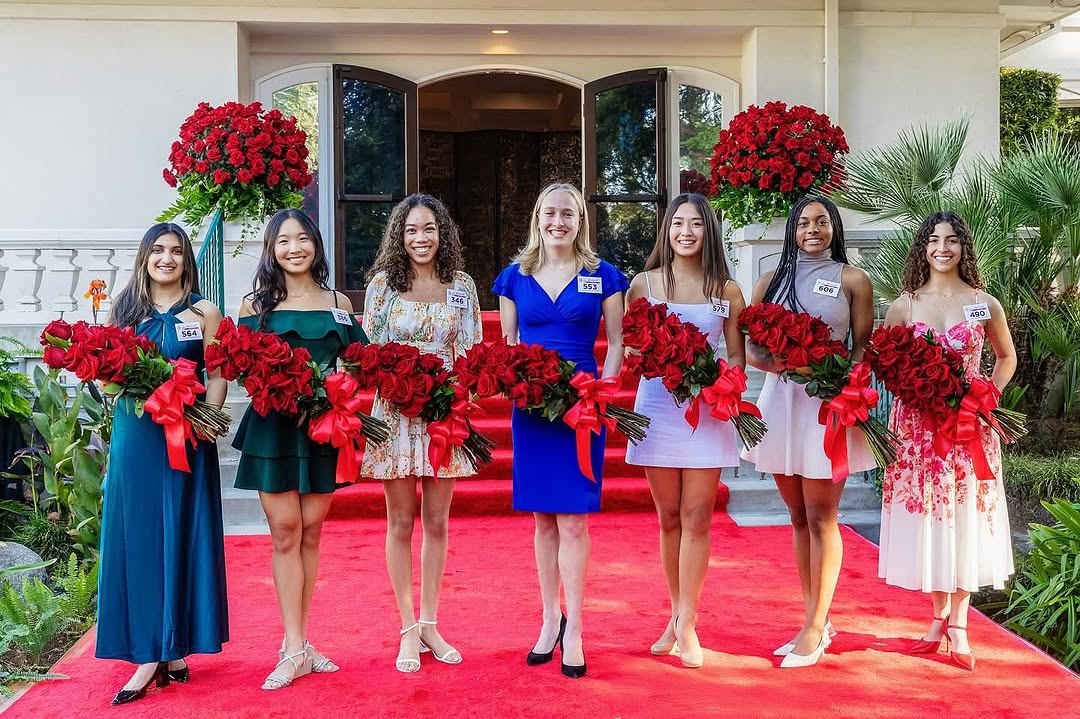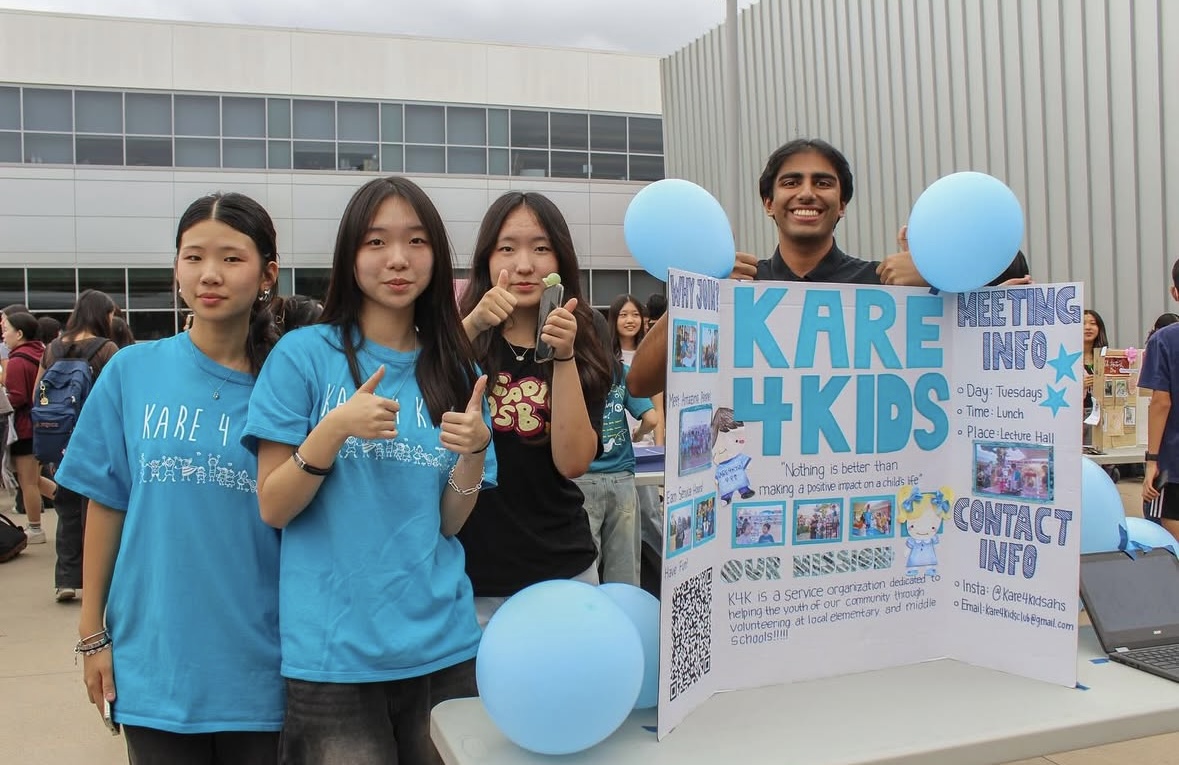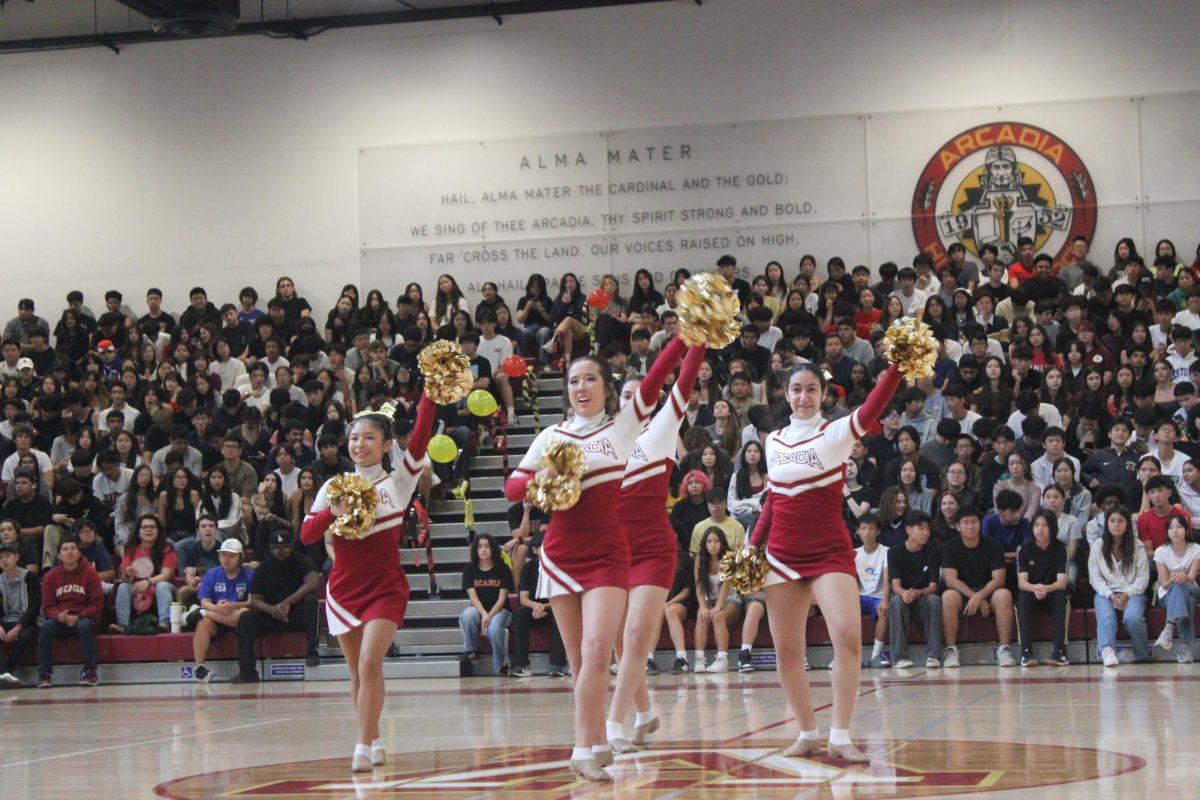Recently at Arcadia High School (AHS), Equity, Diversity, and Inclusion (EDI) Committee’s posters regarding their, “Being South Asian,” connecting through conversation event have been displayed in hallways and faculty buildings. EDI is a student body that promotes its values by exchanging cultures and connections. One way they accomplish this is through social events that teach about diverse cultures and bring people together.
The presentation by EDI took place on Nov. 15 and included a brief explanation of what it means to be South Asian, which is a person whose ethnicity stems from Bangladesh, Bhutan, India, Maldives, Nepal, Pakistan, or Sri Lanka. This introduction was followed by open-ended questions for everyone attending to discuss, that fueled the event.
For starters, the EDI presenters led by junior Darya Derakhshani asked, “Do you feel South Asians are adequately represented at AHS?” The question divided the room as some felt South Asians are adequately represented at AHS by their large student body. On the other hand, some felt South Asians are not being adequately represented in AHS because their culture and history are not included much in our school curriculum. Some students emphasized that smaller South Asian countries like Nepal and the Maldives have very little representation within the school.
Following that discussion, Derakhshani asked, “How do you think South Asians can be better represented at AHS?” There were a variety of different ideas discussed such as incorporating South Asian traditions and holidays into class activities. One attendee, junior Rayhan Mahamed advocated for more South Asian events at school and a meditation room that could be used for prayer as well—a very valued tradition of South Asian culture.
Mahamed also added, “I feel like South Asians would be better represented if AHS had a larger South Asian staff.” Moreover, many stated that the East Asian community populated by people indigenous to China, Japan, Mongolia, North Korea, South Korea, or Taiwan is being overshared at the expense of South Asians. Overall, they wanted more equal representation at AHS.
The final inquiry was, “How can students better represent South Asians at AHS?” The question was met by many great ideas about student bodies getting involved in spreading diversity. For instance, student media organizations should take more action in promoting South Asian traditions and cultures, as well as other less represented backgrounds. On the other hand, many thought that student organizations at AHS were already doing a great job in spreading South Asian tradition such as EDI, and that they should continue doing so.
In summary, the EDI event at AHS brought people together to talk about representation and share different thoughts on how to make the South Asian community feel more included.
Photo courtesy of EDI








